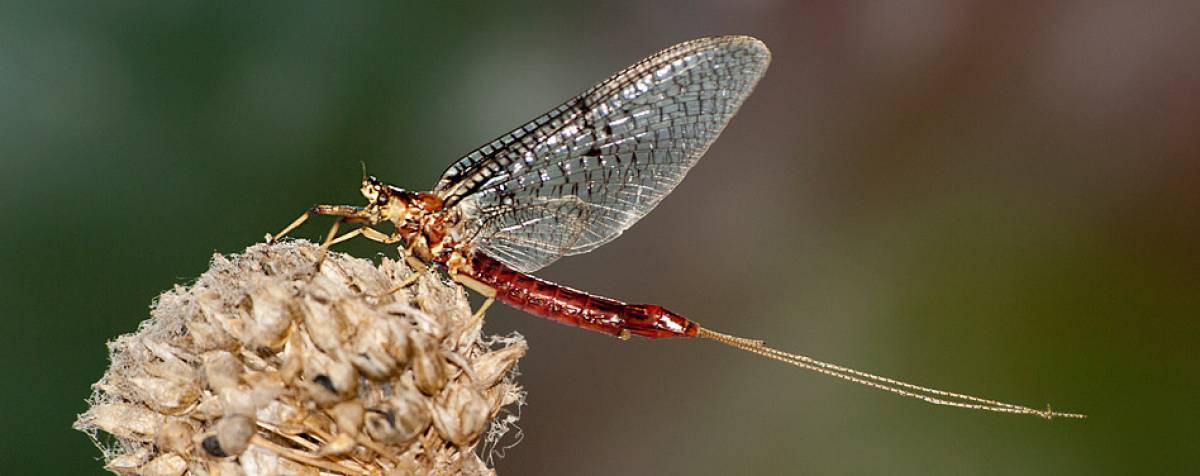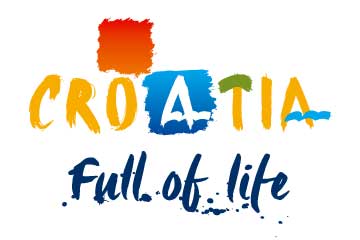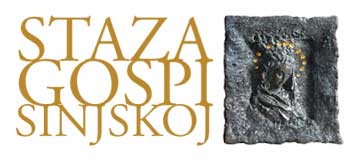Flora and Fauna

Flora
Two vegetational belts are characteristic of the Sinj surrounding area: sub-Mediterranean vegetation of the hardwood deciduous trees and the mountain belt, the area of beech. The mountain belt includes the highest parts of Svilaja and Dinara mountains whereas the rest is covered in sub-Mediterranean vegetation of the hardwood deciduous trees.
The pure richness is sheltered in countless species of officinal and honey-rich herbs the Cetina area is showered with in abundance. Dreamlike landscapes of fresh air and karst underground labyrinths of the Cetina River are lush with everlasting (Helichrysum italicum), sage (Salvia officinalis), heather (Calluna vulgaris), thyme (Thymus serpyllum), Saint John’s wort (Hypericum perforatum).
Buzzing of the industrious Cetina bees yields a lot of sweet nectar. Sage-blossom honey and honey made from other species of sweet-smelling officinal herbs as well as many other similar products are all characterised by officinal qualities.
Flocks of sheep and goats, looked after by a shepherd’s firm hand and guarded by a loyal sheepdog relish the thin mountain flora on the steep mountain slopes. Indeed, officinal fruits make the Cetina countryside worthy of its epithet as land of milk and honey.
On the barren plateau of Vrdovo, you can find plantains (Plantago major L.), racemes of whitebeam (Sorbus aria) and cornelian cherry. Apart from heather and sage, on the hill of Visoka grows, ″bringing the dead into life″, the mountain germander (Teucrium montanum) as well as sloe (Prunus spinosa) but also iron-rich asparagus (Asparagus officinalis). Give yourself a treat of the Svilaja mountain wild strawberries.
Make yourself rosehip and cornelian cherry tea, experience the healing effects of balm (Melissa officinalis). It is not a mere coincidence that the Latin name of balm contains the Greek word for a bee as it often flies around the flower of the plant.
In autumn and during spring, pick savoury chanterelles (Cantharellus cibarius) and morels (Morchella), popularly known as mužgavac.
The Cetinska Krajina Region is a display of the marvellous gifts of nature, waited to be discovered and collected.
Recover your body and soul's perfect harmony collecting fruits from the very God's garden.
Fauna
The Cetinska Krajina Region is remarkably abundant in animal species. The Cetina River and its tributaries house the brown trout (Salmo trutta m. fario), the rainbow trout (Oncorhynchus mykiss), the carp (Cyprinus carpio) and the pike (Esox lucius) but also the endemic species of the ukliva dace (Telestes ukliva), the dentex trout (Salmo dentex), the minnow nase (Chondrostoma phoxinus), the Dalmatian barbelgudgeon (Aulopyge hueglii), the Dalmatian spined loach (Cobitis dalmatina) and the Illyrian dace (Squalius illyricus).
What also should be mentioned is the endemic olm (Proteus anguinus), called čovječja ribica (human fish) in Croatia. It is a cave-dwelling aquatic vertebrate and its habitat includes underground streams, covering the area from the village of Otok to the village of Vedrine (near Trilj) and a canyon below the village of Šestanovac.
In the significant landscape of Sutina, sweet-smelling flowers often get visited by different butterflies, such as swallowtail (Papilio machaon), black-veined white (Aporia crataegi) along with diverse families, as those of the whites (Pieridae), brush-footed butterflies (Nymphalidae), the browns (Satyridae) and gossamer-winged butterflies (Lycaenidae). The diversity of plant cover, the shrubs, holes and cliffs provide a nesting place for numerous bird species. On the cliffs of the canyon there are nests of the grey wagtail (Motacilla cinerea), while dense forests are the habitat of the black woodpecker (Dryocopus martius). The grass on the rocky plateaus of the protected belt is where the woodlark (Lullula arborea) and the Greek partridge (Alectoris graeca) build their nests. The tall pine trees make a nesting place of the buzzard (Buteo buteo) and the northern goshawk (Accipiter gentilis).
The steep cliffs of Rumin, a tributary of the Cetina River, house bird species such as the raven (Corvus corax), the kestrel (Falco tinnunculus) and the eagle owl (Bubo bubo). The wheatear (Oenanthe oenanthe) and the Greek partridge (Alectoris graeca) nest on the karst slopes at the foot of the cliffs. The lowlands, plains and ploughfields are the natural home of the grey partridge (Perdix perdix), the quail (Coturnix coturnix) and the crested lark (Galerida cristata). The long-tailed tit (Aegithalos caudatus) builds its ball-like nests on the crowns of the willow trees along the Rumin tributary, while the basket-like nests of the golden oriole (Oriolus oriolus) are sheltered by the oak tree boughs. The old oak trees often get visited by the great-spotted woodpecker (Dendrocopus major) in search of food, whereas the Rumin tributary provides the food for the mallard (Anas platyrhynchos).
At the end of the canyon, where there are sandy sloping grounds as a result of the forcible effects of erosion, we can find tunnels of the European bee eater (Merops apiaster) and there it raises its young. The dense forests of Sutina, its karst area, evergreen undergrowth and rocky meadows provide both the feeding and the breeding place for mammals, such as the wild boar (Sus scrofa), which has inhabited the region permanently along with the fox (Vulpes vulpes), the hare (Lepus europaeus), the beech marten (Martes foina), the hedgehog (Erinaceus concolor) and the badger (Meles meles).
Sutina waters house various amphibians, such as the yellow-bellied toad (Bambina variegata), the marsh frog (Pelophylax ridibundus) and the European spotted salamander (Salamandra salamandra). Shallow ponds in the valleys of the canyon enable trouts and crayfish to survive during the dry season. Whereas the most dangerous snake species is the horned viper (Vipera ammodytes), the commonest species of lizards include the Dalmatian wall lizard (Podarcis melisellensis) and the common wall lizard (Podarcis muralis).
https://www.visitsinj.hr/en/guide/about-sinj/flora-and-fauna#sigProIda966042404










